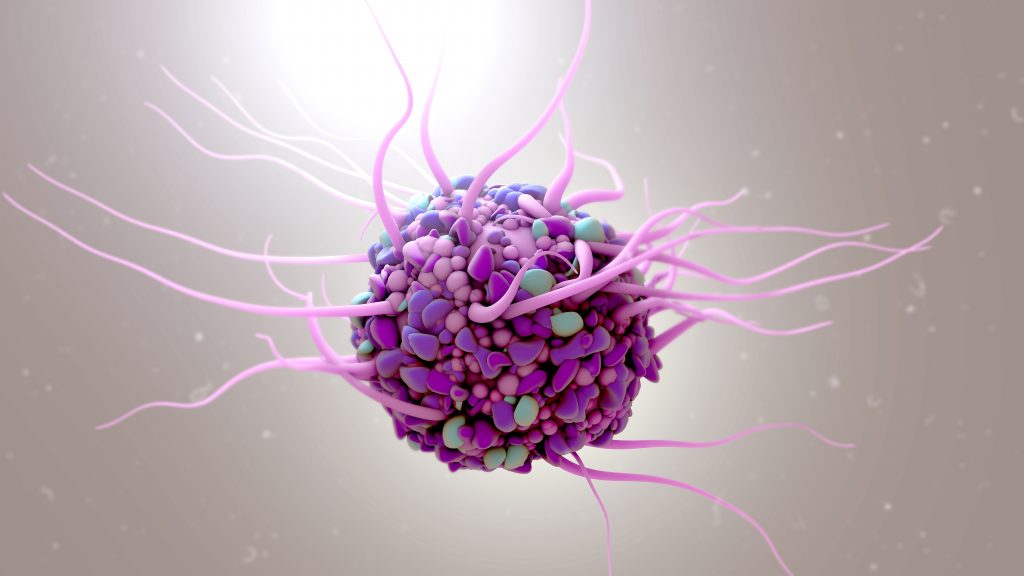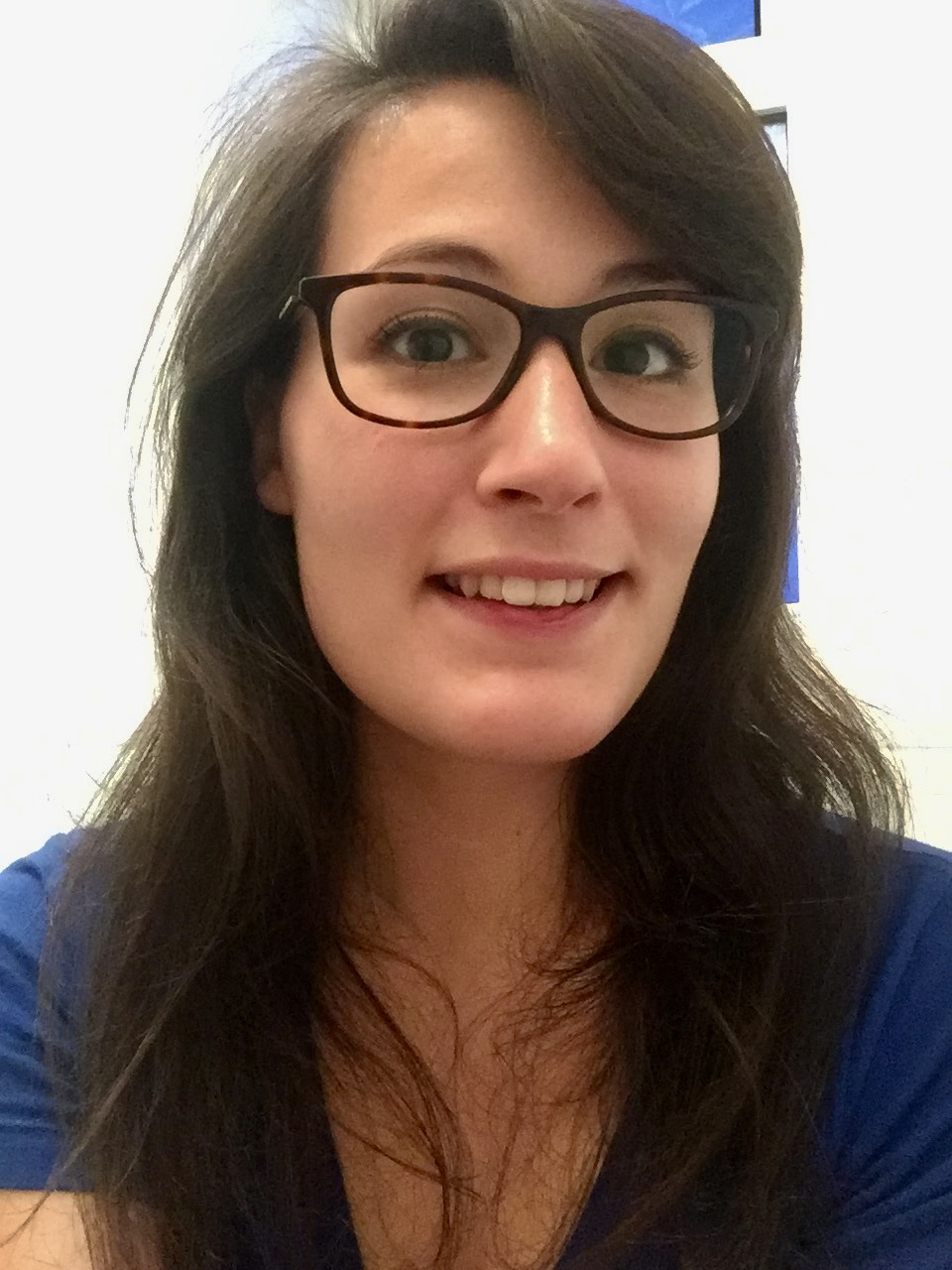
In Profile: Gaia Brezzo
 Meet Gaia!
Meet Gaia!
Dr Gaia Brezzo, is a post-Doctoral research fellow working at the University of Edinburgh. Gaia works in the McColl lab within the UK Dementia Research Institute.
Gaia grew up in Italy but always had “and interest in the brain and especially mental health” so decided to move to the UK to study psychology at Bangor University . Initially Gaia wanted to pursue a career in Clinical Psychology, however, after “taking a neuroscience module in [her] second year and loving it” Gaia chose to focus on neuroscience and went on to study for a master’s degree in human neuroimaging.
Whilst completing her PhD Gaia was first exposed to the use of animal models in research. Gaia explained that “as much as [she] loves working with people [she] wanted to find answers for the mechanisms [of brain inflammation after stroke] and to do this effectively we need to turn to animal models.” Gaia explained that the use of animal models in her work has given her the breadth to investigate these mechanisms, which just isn’t possible to do in humans.
Gaia’s Current Research
Since stroke is a risk factor for dementia, Gaia is passionate about finding out “how people that have had a stroke have brain changes that can develop into cognitive decline and eventually dementia and hopes to find new ways to help these people”. Gaia’s work in the McColl Lab is part of the Stroke IMPaCT Network, a network of pre-clinical and clinical researchers, funded by Foundation Leducq, which focusses on understanding cognitive decline after stroke.
Cognitive decline presents in a third of stroke patients [1]. Gaia’s research is contributing to the understanding of what causes this cognitive decline by finding “ways to manipulate immune cells response following stroke or manipulating extracellular matrix re-modelling which would prevent stroke survivors from developing cognitive decline.” To do this, Gaia is using a mouse model of stroke and a technique called fate mapping to track peripheral immune cell infiltration into the brain after a stroke, when the blood brain barrier is breached.
Gaia is particularly interested in monocyte/macrophage populations and interactions. Fate mapping allows her to tag myeloid cells (from the body’s bone marrow) and determine whether the immune cells in the brain after stroke were there before the stroke (i.e microglia) or have migrated from elsewhere in the body and are now monocyte-derived macrophages. Critically, this would enable her to understand the precise contributions of each cell population (microglia or monocyte-derived macrophage) on stroke cognitive impairment. This also helps Gaia to build up a timeline of events after a stroke to work out what happens in the brain.
Within the Stroke IMPaCT Network, Gaia is leading a group of Early Career Researchers who are trying to standardise a protocol for a behavioural test which can reliably measure post-stroke cognitive deficits. A lot of pre-clinical behavioural tests were initially optimised for Alzheimer’s disease mouse-models therefore are very memory and hippocampal dependent tests. She suggests that this is an added challenge for researchers in the stroke field as stroke and Alzheimer’s disease have different disease aetiologies. Gaia said that, “it is proving really difficult to find a test that is robust enough and might be able pick up [a post-stroke] cognitive deficit if there really is one. We are studying mice after all.” But, stay tuned, as the Stroke IMPaCT Network hopes to have an answer in the next few years!
Patient-Centred Research
Although Gaia is a pre-clinical researcher, patients and stroke survivors are the driving force behind her research. It is important to Gaia that she doesn’t “lose the connection [with stroke survivors] and to keep checking in, that [her] research is still relevant” so that the findings of her research help patients.
Gaia described how having lived experience of patients is important in guiding the direction of future research. Having a dialogue between patients and researcher is very important. “Listening to a stroke survivor talk about how their life changed after a stroke, and how they have had to adapt to this new life, reminded [Gaia] of why [she] is doing this research. It’s invaluable to be able to relate [the research] back to someone and think that [she] could be helping them. Which is something you often forget when you are focusing on experiments day in and day out in the lab.” It is important to involve patients in research and ask these people to share their experience and discuss what would really make a difference to them. Gaia explained that the development of new scientific research “moves on from science that has already been published but this might not truly reflect what the patients need at that time”.
Gaia’s thoughts show just why networks like Stroke IMPaCT are so powerful- they bring together both clinical and pre-clinical research teams who work as one, with discoveries by each informing the other.
Looking to the Future
Gaia’s current research into long-term fates of myeloid cells post-stroke will hopefully lend some explanation as to what happens to these cells after a stroke. “The idea is that we will understand what happens to the cells in the long term, for instance if they leave the brain after the damage from the stroke is resolved or if they stay and engraft, becoming microglia-like, replacing microglia that have died as a result of the stroke.” This will allow future research to develop immune-based therapies to target these cells and potentially exploit their beneficial properties to improve outcome following a stroke.
When asked what areas of research she thinks are going to be the most beneficial to stroke survivors, Gaia explained that whilst many stroke survivors need help improving their mobility and coordination after stroke “there is also a cognitive element which patients need help with. And arguably this is more difficult to tackle”. And sadly, it is these services that aren’t always as readily available for people as they should be [2]. Indeed, The James Lind Alliance (2021) has identified research into post-stroke cognition as one of the top 10 priorities for Stroke Research [3].
Gaia is clearly passionate about working within the Stroke IMPaCT Network saying that working in a team that “has such broad expertise from pre-clinical to clinical research as well as the opportunity to collaborate with many different institutions” has helped her “think about her science more critically than if [she] was just working in her immediate lab group”. After finishing her work with the Stroke IMPaCT Network Gaia’s aim is to apply for a fellowship so that she can continue her research into post-stroke cognition.
References
- Kalaria, R. N., Akinyemi, R., & Ihara, M. (2016). Stroke injury, cognitive impairment and vascular dementia. Biochimica et biophysica acta, 1862(5), 915–925. Available from: https://doi.org/10.1016/j.bbadis.2016.01.015
- Care Quality Commission (2011). Supporting Life After Stroke. Available from: https://www.cqc.org.uk/publications/themes-care/services-people-who-have-had-stroke-their-carers
- Stroke rehabilitation and long-term care top 10 priorities [Internet]. Stroke Rehabilitation and Long-term Care Top 10 Priorities | James Lind Alliance. Available from: https://www.jla.nihr.ac.uk/priority-setting-partnerships/Stroke/stroke-rehabilitation-and-long-term-care-top-10-priorities.htm






0 Comments